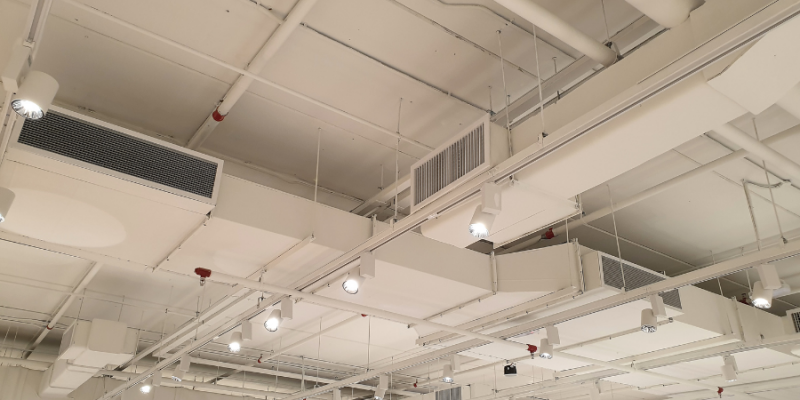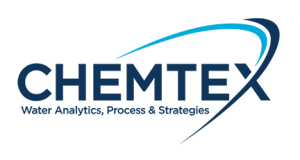
Improving Indoor Air Quality in Your Facility
HVAC specialists have always focused on IAQ (indoor air quality). The COVID pandemic has boosted their visibility and their responsibility into the limelight, like it or not.
As businesses contemplate opening up and returning to something echoing the pre-pandemic “normal,” indoor air quality is top of mind in terms of disease transmission. However, let’s not forget that IAQ has always been linked with health and performance.
IAQ Impacts Productivity and Absenteeism
One Harvard study revealed that subjects in an enhanced green building environment scored far higher on cognitive tests. Another Harvard study compared worker performance in closed environments with good IAQ versus poor IAQ. Good IAQ significantly improved productivity. Poor IAQ is also shown to increase employee absenteeism by nearly a third. Common adverse reactions to poor IAQ include poor concentration, headaches, fatigue, and irritation of the nose, throat, lungs and eyes.
Here’s a critical takeaway: Yes, it costs money to improve IAQ, but there is a measurable ROI in terms of human productivity.
Common Contaminants
What exactly is responsible for poor indoor air quality? Common indoor air pollutants number in the hundreds, but the primary offenders are dust, mold and mildew, chemical pollutants, VOCs, and tobacco. Even when indoor smoking is prohibited, the many harmful components of tobacco smoke enter the workplace by clinging to smokers’ clothing. In manufacturing environments, there’s an enormous laundry list of substances which must be addressed.
It’s also vital to note that the built environment is complex and evolving. The unique challenges presented by each structure shift from season to season and hour to hour, so a measured and layered approach to improving IAQ is necessary.

Assessing Your Building
A typical starting point in the reopening process is returning a building’s HVAC system to its original, commissioned state. Assessing the function of existing systems is called “building commissioning” and verifies that they are operating according to design conditions and operational strategies. Suppliers who assist with this include certified commissioning providers, test and balance companies, and building automation systems companies.
Strategic building commissioning can identify ways to save energy and improve IAQ. For those sites seeking to reduce the risk of infectious aerosols, recommendations typically include improving ventilation, mechanical filtration, pressurization, humidity control, airflow distribution and optimization, and ultraviolet germicidal irradiation (UVGI).
Simple Strategies to Improve IAQ
In terms of hands-on, low tech efforts to improve IAQ, follow these guidelines:
Implement Air-Cleaning Devices: Commercial-grade dehumidifiers, air scrubbers, and air purifiers can help maintain adequate IAQ levels.
Proper HVAC Maintenance: Clean HVAC regularly. Change filters on schedule.
Don’t Interfere with Your HVAC System: Never place furniture, storage, or other objects in front air vents or air intakes.
Perform Air Testing on Schedule: Set up an indoor air testing schedule and stick to it. This will help you gather data to optimize your IAQ improvement plan. These tests should address ventilation, airflow, humidity levels, airflow, mold growth, odors, and water damage.
Routine and Thorough Cleaning: Keeping the workplace clean reduces levels of airborne dust, mold, allergens, and contaminants. Eco-friendly cleaning products reduce the potential for chemical pollution, but they must be balanced against the legitimate need to sanitize against viruses and bacteria.



/NQA-ISO-9001-Logo-ANAB.jpg)